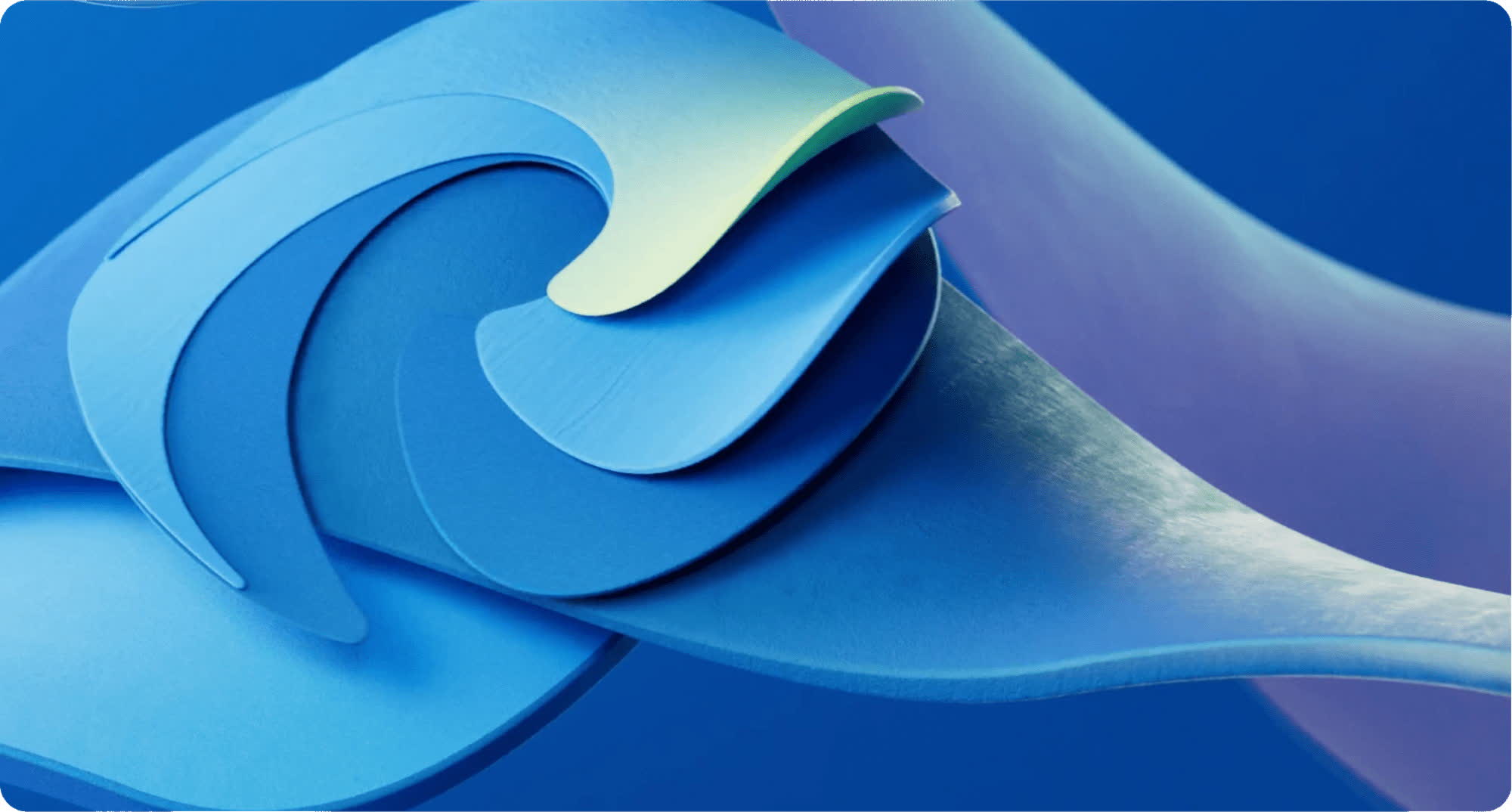In context: Windows activation has been a part of PC users' lives since the Windows XP era, though Microsoft has made things a bit easier with Windows 10 and Windows 11. Now, on a non-activated OS, customers have limited options for system customization. Similar limitations could soon apply to the Edge browser.
In a traditional computing environment, every Windows instance needs to be purchased and activated to unlock full capabilities. Activation helps Microsoft ensure that a copy of Windows is genuine and hasn't been used on more devices than allowed by the software license terms.
Users can still access most of Windows' features without activation, but they won't be able to customize the desktop or the OS interface. The system's settings page will display a "Windows is not activated" message on the screen, making life a bit harder for non-licensed users or pirates. Activating Windows 10 or Windows 11 can still be done easily with the right (unofficial) tools, but that's a different topic altogether.
In April, voluntary beta testers working with bleeding-edge versions of Windows' native browser discovered an interesting detail about Windows activation. Canary builds of Microsoft Edge seemed to include a new limiting feature hidden behind the "msEdgeLockSettingsInNonActivatedOS" command line switch, although there were initially no confirmations about its effects on a non-activated system.

The change has now been confirmed, as Microsoft is likely testing the feature through the Edge Canary channel. A future version of the Chromium-based browser could prevent users from accessing specific customization options from the software's Settings page, indicating the "non-activated" state of Windows through a new text message shown on top of the settings page.
Losing some customization options will likely not be a hindrance to the most determined users unwilling to pay for and activate Windows. Microsoft Edge is currently used by just one in 10 Windows users according to StatCounter's latest data, and even an unlicensed version of Windows should retain full compatibility with third-party browsers such as Google Chrome or Mozilla Firefox.
Back in the Windows XP days, Windows activation was known as "Microsoft Product Activation" and included some serious DRM technology to try to prevent software piracy.
